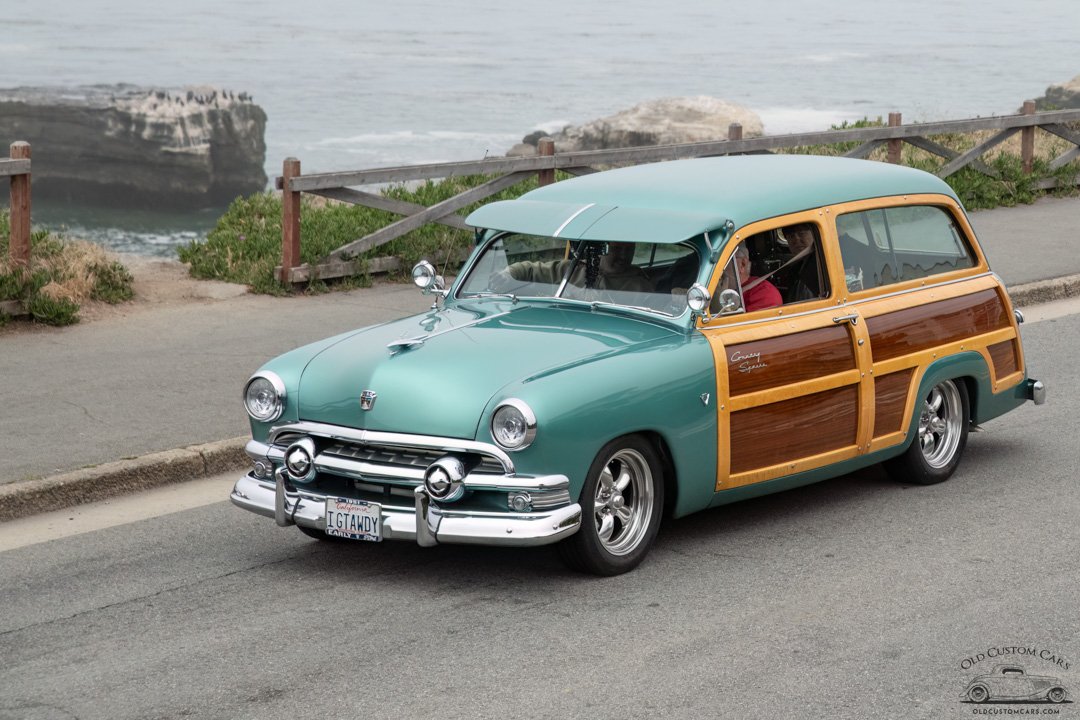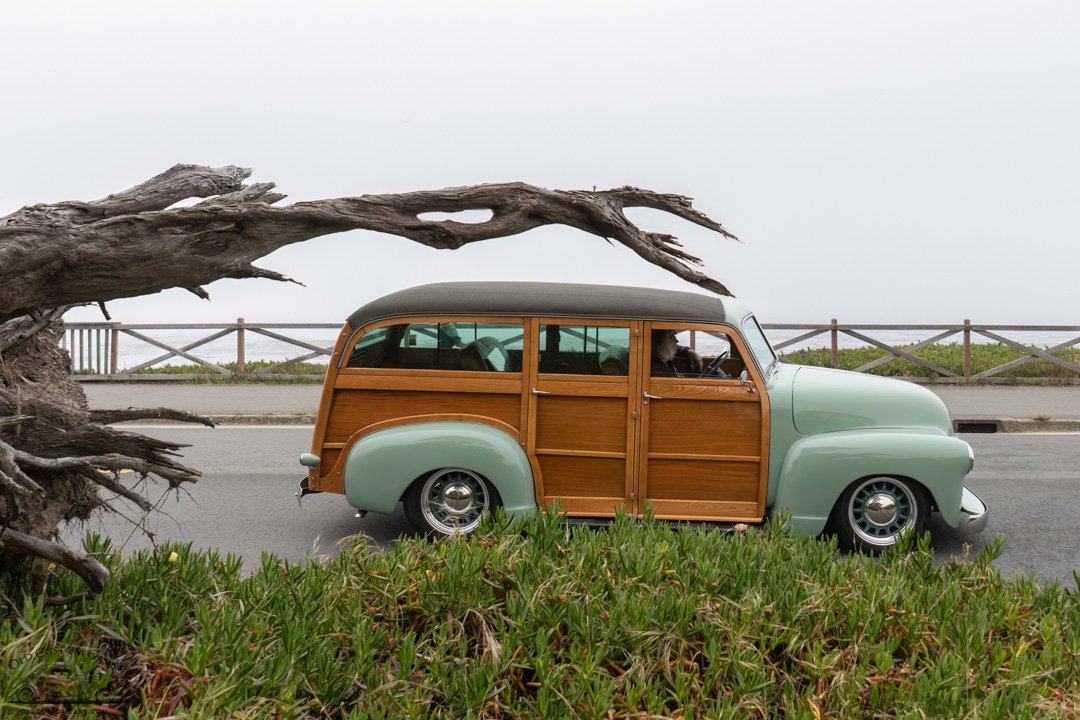The Woody Wagon, A Fascinating Ride Through History
Woody Wagon
Wooden-bodied cars have existed since the early 1900s, but we all know and love the Woodies from the 1930s, 1940s, and early 1950s. The Woody Wagon is a true symbol of the classic American style. Although the terms 'Woodies' and 'Woodys' are commonly used to refer to these cars, car manufacturers and dealers typically referred to them as Woodies.
While the Woodies from the 30s-50s were not the first generation of wood-bodied cars, they have become the most iconic and beloved, with their unique style and history forever etched in automotive culture.
Cantrell & Company was one of the most prominent manufacturers of early wood-bodied cars. They built custom bodies fitted onto the chassis of the three major automakers of the time, creating a unique blend of style and functionality. Although the Woodies from the 1930s - 1950s are the most famous examples of wooden cars, Cantrell's work has its place in automotive history for pioneering the use of wood in car manufacturing
1951 Ford Country Squire Woody Wagon
During the 1930s, auto manufacturers sought to make their vehicles more stylish and unique than the utilitarian cars produced in the previous decade. As a result, they began making cars with wooden bodies. With their spacious interiors, these woody cars quickly became popular with families and outdoor enthusiasts looking for the perfect vehicle for road trips.
Woodies enjoyed widespread popularity throughout the United States but were especially prevalent in California due to the mild climate. As a result, many manufacturers, including Ford, Nash, Plymouth, and Chevrolet, produced woody cars during the mid-century. Ford was one of the first mass producers of wood-bodied cars
Nash was another notable manufacturer of woody cars, known for building comfortable and high-quality vehicles ahead of their time. For example, in the 1930s, Nash introduced features like the Bed-In-A-Car, which allowed travelers to fold the seat flat for a more comfortable sleep on long-distance trips.
Additionally, Nash was among the first vehicles to feature a heating and ventilation system that circulated fresh air into the car, making it a more comfortable passenger ride
1951 Chevy Suburban Woody
Woodies were extremely labor-intensive to build, so in the early days, some manufacturers outsourced the production of wooden bodies to coachbuilders.
One of the largest coachbuilders was Murray Corporation, which built bodies and components for various car manufacturers, including Plymouth, Chevrolet, Willys, Studebaker, and Ford.
During World War II, Murray played a crucial role in producing parts and components for the Military, further cementing its position as a significant manufacturer in the automobile industry.
In the 1950s, the cost of building woodies was high, and at the same time, car buyers' preferences were shifting. As a result, Woody Wagons rapidly declined in popularity. By the 1960s, car manufacturers mainly had phased out Woody Wagons.
In the 1970s and 1980s, the woodies look had a resurgence as automakers started putting wood-styling vinyl on the sides of some of their wagons.
After the decline of the Woodies in the 60s, they were becoming ever so popular with California surf culture. The surfers gravitated to the woodies for the large interiors, with lots of room for their surfboards and, at the time, the low cost of purchasing a used Woody.
Woody Wagons also made their mark in popular culture. Jan & Dean sang about them in their hit song "Surf City," Woody Wagons appeared in movies such as the iconic highly modified 1979 Ford LTD Country Squire, featured in National Lampoon's 'Vacation,' it's one of the most famous Woody Wagons in movie history. However, some suggest that it also marked the beginning of the end for the station wagon as a popular family car.
1950 Ford Woody Wagon restomod, 6.2 liter LS, 6 speed automatic, custom interior and paint
During the 1990s and 2000s, collectors and car enthusiasts purchased and restored the Woodies and showed them at events like Woodies On The Wharf in Santa Cruz, CA., which draws thousands of spectators to see them. Collectors also modified Woodies with modern interiors/electronics, engines, and running gears.
When we see a classic car drive by, most of us that love old cars will turn our heads to watch it drive by. When a woody vehicle drives by, almost everyone will turn their heads to watch them drive by.
Select photo to open in full screen











